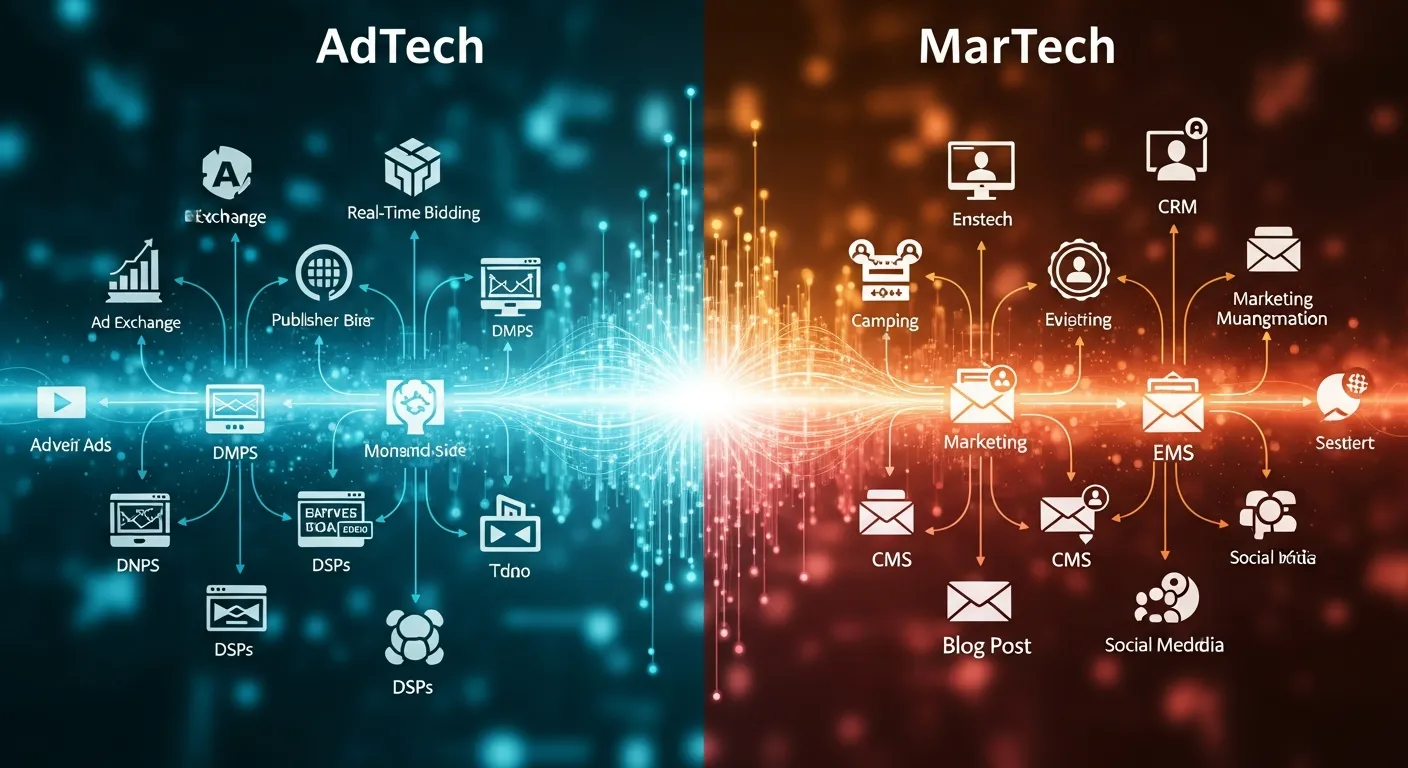As the world shifts towards cleaner energy, electric vehicles (EVs) are becoming increasingly popular. Governments and organizations recognize the need to encourage this transition, offering a variety of incentives that make owning an EV more appealing. From tax credits to rebates and grants, these incentives can significantly reduce the overall cost of purchasing and maintaining an electric vehicle.
Understanding these incentives is crucial for potential buyers looking to make an informed decision. Not only do they help save money, but they also contribute to a more sustainable future. As the market for electric vehicles continues to grow, exploring the available incentives can empower consumers to take the leap into eco-friendly driving.
Table of Contents
ToggleOverview of Electric Vehicle Incentives
Electric vehicle (EV) incentives aim to reduce the financial burden of purchasing and using an EV. Various governments and organizations offer these incentives to promote cleaner transportation and sustainability.
Federal Incentives
Federal incentives in the United States include tax credits up to $7,500 for eligible electric vehicles. This credit applies to new EV purchases, with the amount dependent on the battery capacity. Additionally, individuals may qualify for a credit if their income meets specific thresholds.
State Incentives
State governments provide numerous incentives that can include tax credits, rebates, and grants. For instance, California offers rebates up to $2,500 for eligible EVs, while New York provides rebates ranging from $500 to $2,000. These state-specific programs significantly enhance the affordability of EV ownership.
Local Incentives
Local governments also contribute by offering incentives such as reduced registration fees, access to carpool lanes, and free charging stations. Cities like San Diego provide free charging for city-owned EVs, encouraging further adoption of electric vehicles among residents.
Additional Programs
Organizations and utility companies may offer programs that support EV adoption. These programs can include discounts on home charging equipment or reduced electricity rates for EV charging during off-peak hours. For example, many utilities offer rebates for the installation of EV charging stations.
Conclusion of Incentives
Understanding the various incentives available aids potential electric vehicle buyers in making informed decisions. By leveraging these financial incentives, consumers can reduce their overall expenses and contribute to a sustainable future.
Types of Electric Vehicle Incentives

Incentives for electric vehicles (EVs) come in various forms. Understanding these options helps buyers maximize their savings while promoting environmental sustainability.
Federal Incentives
Federal incentives for EVs primarily include tax credits. Eligible purchasers can receive credits up to $7,500 based on battery capacity and income criteria. The credit amount varies; for example, larger battery capacities yield higher credits. These incentives apply to new electric cars and contribute significantly to reducing initial purchase costs. It’s crucial for buyers to check eligibility status on the IRS website for the latest updates.
State and Local Incentives
State and local governments offer additional incentives that complement federal programs.
- California: Residents can benefit from rebates up to $2,500 for new EV purchases.
- New York: Offers rebates ranging from $500 to $2,000 depending on the vehicle model.
- Local Variations: Localities may provide incentives such as reduced registration fees, access to carpool lanes, and complimentary charging stations.
Utility companies often feature their own programs. Discounts on home charging equipment or reduced electricity rates for off-peak charging encourage EV adoption. Buyers should research specific incentives in their area to take full advantage of available benefits.
Benefits of Electric Vehicle Incentives
Electric vehicle (EV) incentives provide numerous advantages for consumers and the environment.
- Financial Savings: Tax credits reduce the upfront cost of purchasing an EV. For instance, federal tax credits can be as much as $7,500. State rebates, like California’s $2,500, increase affordability.
- Lower Operating Costs: Incentives promote reduced expenses over time. EVs generally incur lower fuel costs compared to gasoline vehicles. Discounts on home charging installations and reduced electricity rates can further decrease expenses.
- Access to Additional Perks: Many incentives offer extra benefits. Free parking in certain areas, access to carpool lanes, and exemptions from toll fees enhance the value of owning an EV.
- Environmental Impact: Incentives support the transition to cleaner energy, reducing greenhouse gas emissions. By making EV ownership more accessible, they contribute to a sustainable future.
- Market Growth: Incentives stimulate EV market growth, encouraging manufacturers to innovate and bring more affordable models to consumers. This leads to a broader selection of vehicles, catering to various needs and budgets.
- Long-Term Investment: Overall, incentives make EVs a wise long-term investment. As technology improves, these vehicles maintain their value better than traditional cars, offering potential resale advantages.
Understanding these benefits equips potential buyers with the knowledge to make informed decisions while contributing positively to the environment.
Challenges and Limitations
Electric vehicle incentives face several challenges and limitations that can affect their effectiveness.
- Eligibility Restrictions: Many federal and state incentives include specific eligibility criteria. Income limits can restrict access for higher earners, while vehicle price caps may exclude more expensive models.
- Funding Availability: Incentive programs often depend on budget allocations. Limited funding can lead to reduced rebates or tax credits, negatively impacting potential buyers.
- Market Variability: Changes in consumer demand or market dynamics can influence incentives. If EV sales decline, governments may modify or cut existing programs, diminishing their value.
- Regional Disparities: Incentives vary widely by state and locality. Areas with fewer electric vehicles might offer less attractive incentives, resulting in unequal access for potential buyers across regions.
- Lack of Awareness: Potential EV buyers may not fully understand available incentives. Insufficient outreach and education can lead to underutilization of programs designed to assist buyers.
- Electric Grid Concerns: Increased EV adoption may strain existing electric grids. Governments must develop infrastructure alongside incentives to ensure reliability and support for charging stations.
Understanding these challenges helps potential buyers navigate the incentives landscape effectively. Awareness of limitations ensures more informed decisions when considering electric vehicle purchases.
Electric vehicle incentives play a crucial role in making sustainable transportation more accessible. With various federal state and local programs available potential buyers can significantly reduce their costs while contributing to a greener planet. As the market evolves and more consumers embrace EVs understanding these incentives becomes essential for maximizing savings and benefits.
While challenges exist such as eligibility restrictions and funding limitations awareness of available options can empower buyers to make informed decisions. By navigating the incentives landscape effectively individuals can enjoy the financial and environmental advantages of electric vehicle ownership. As the world shifts towards cleaner energy solutions EV incentives will continue to be a vital component in promoting widespread adoption and innovation in the automotive industry.






